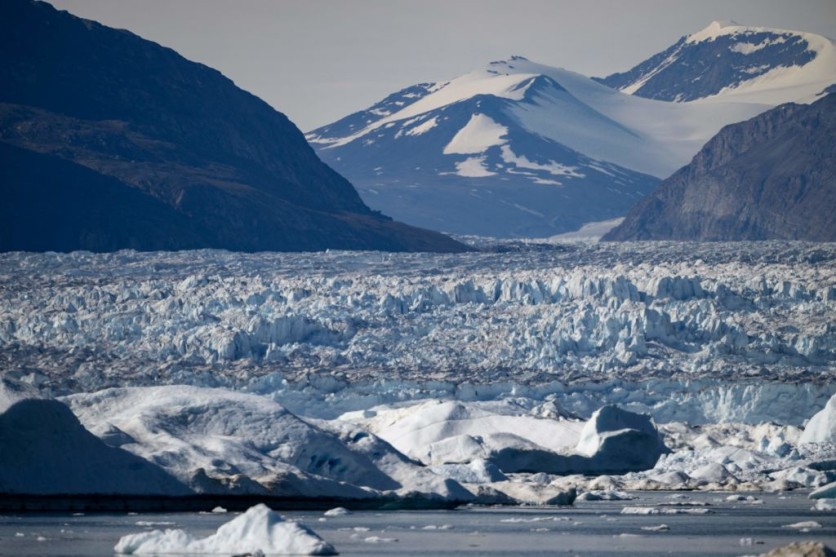A study funded by NASA found that about half of the Himalayas glaciers have melted because global temperatures have risen beyond 1.5 degrees Celsius. The research focused on the Imja-Lhotse Shar Glacier near Mount Everest's base from 2013 to 2017.

Himalayas Glaciers Melting Rapidly
NASA officially declared July the hottest month on record since 1880, with UN secretary-general Antonio Guterres describing the climate crisis as "out of control." The tangible consequences of this global challenge are now becoming increasingly evident.
The recent study funded by NASA revealed alarming findings that indicate that the Himalayan glaciers are undergoing rapid and dramatic melting, with nearly half disappearing as the planet crosses the critical 1.5-degree Celsius temperature threshold.
The research, led by David Rounce, an assistant professor at Carnegie Mellon University in Pittsburgh, was conducted in collaboration with scientists from NASA's Sea Level Change Team and NASA's High Mountain Asia Team, Interesting Engineering reported.
Read Also : Antarctica Uncovered: Mississippi Mud Core Layers Research Helps Explain Why the South Pole is Frozen
NASA Research Spends Years to Estimate Reducing Himalayas Glaciers
Their investigation focused on the Imja-Lhotse Shar Glacier, situated near the base of Mount Everest in the Himalayas. The research team spent five years in Nepal, monitoring the expanding lake at the glacier's base and recording the glacier's retreat.
According to Rounce, witnessing the lake grow and the glacier rapidly thin out in the same location was profoundly enlightening.
Their study's computer simulations and global glacier model, excluding the Greenland and Antarctic ice sheets, indicate that glaciers worldwide could lose up to 40 percent of their mass by 2100.
The model is targeting to predict the outcome of melting glaciers if temperatures on Earth increase by 1.5 to 4 degrees Celsius compared to pre-industrial levels.
Glaciers situated in remote and untouched locations play a pivotal role in revealing the effects of climate change. As these glaciers swiftly melt, NASA noted that it triggers consequences, impacting various aspects of our environment and society.
The research conducted by Rounce and his team represents a pioneering modeling study that incorporates satellite-derived data encompassing all 215,000 glaciers worldwide.
This sophisticated model leveraged "novel satellite-derived datasets that were previously unavailable on a global scale," according to Regine Hock, a glaciology professor at the University of Alaska and the University of Oslo.
These datasets encompassed information from NASA's Terra satellite, including Japan's Advanced Spaceborne Thermal Emission and Reflection Radiometer (ASTER), in addition to data from the USGS-NASA Landsat 8 and ESA's Sentinel satellites.
Antarctica's icy expanses are grappling with pressing concerns in the face of the enduring global issue of escalating temperatures. A recent study has unveiled an astonishing discovery about the colossal ice formations surrounding the Antarctic ice sheet.
This revelation could have profound implications for our forecasts regarding the surge in sea levels, revealing that prior assessments may have overestimated their thickness.
Related Article : Antarctica's Ice Shelves Thickness Revealed: Surprising Result May Alter Sea Level Rise Projections

ⓒ 2025 TECHTIMES.com All rights reserved. Do not reproduce without permission.




